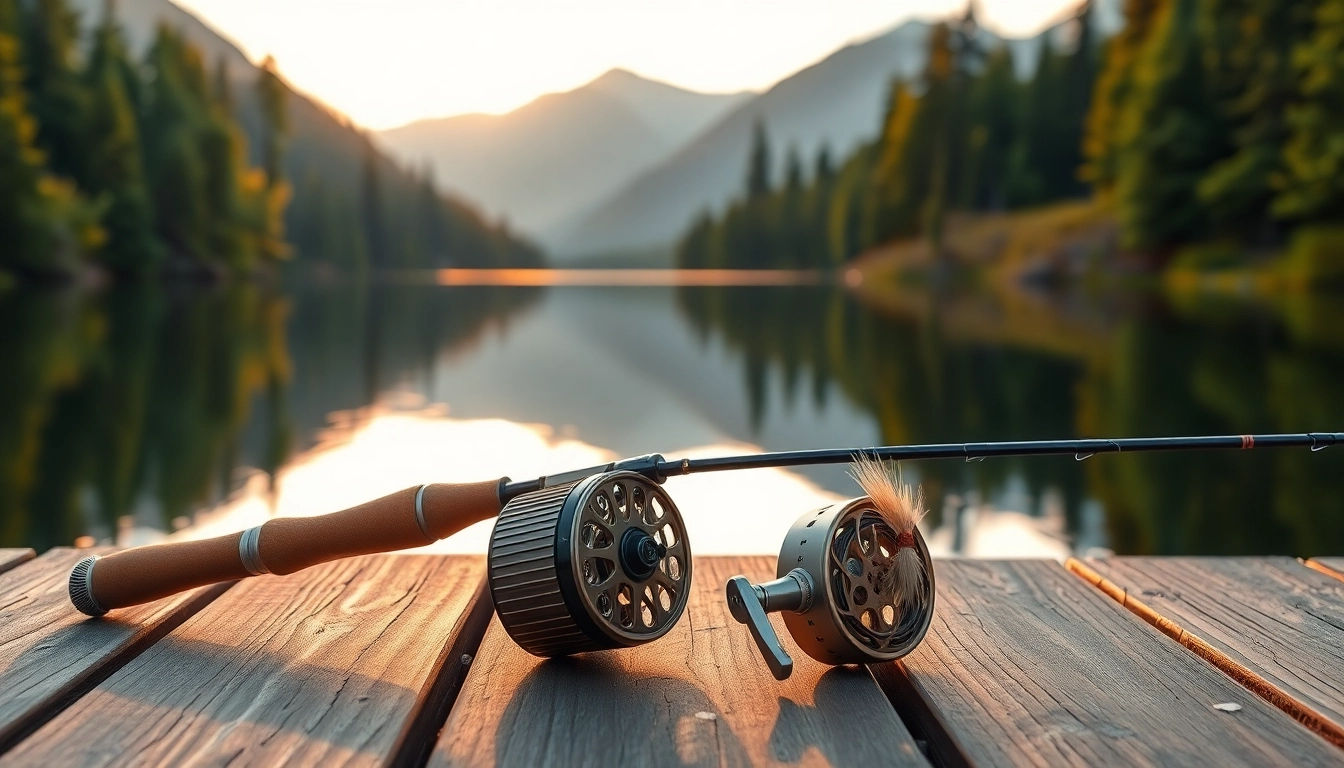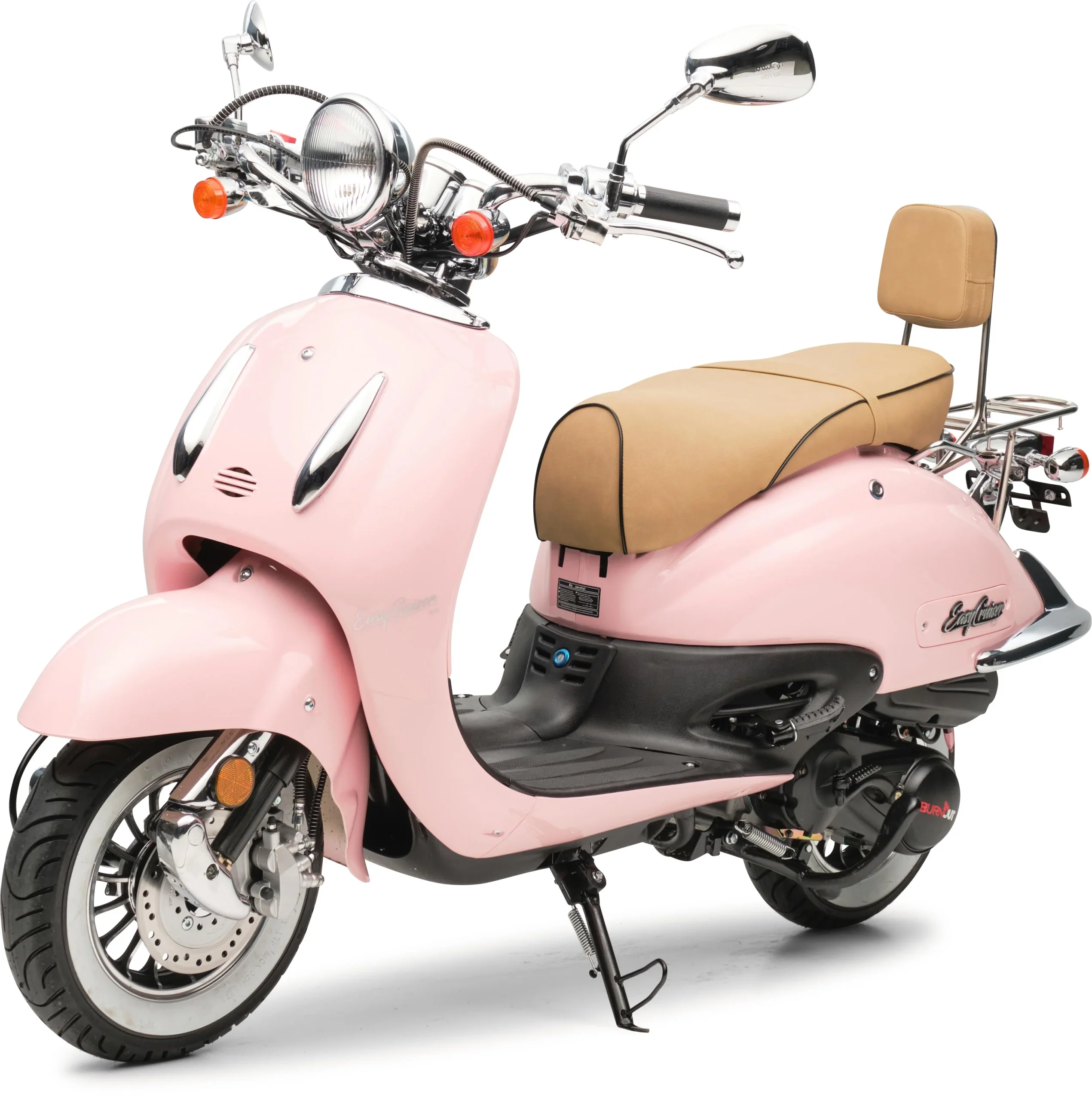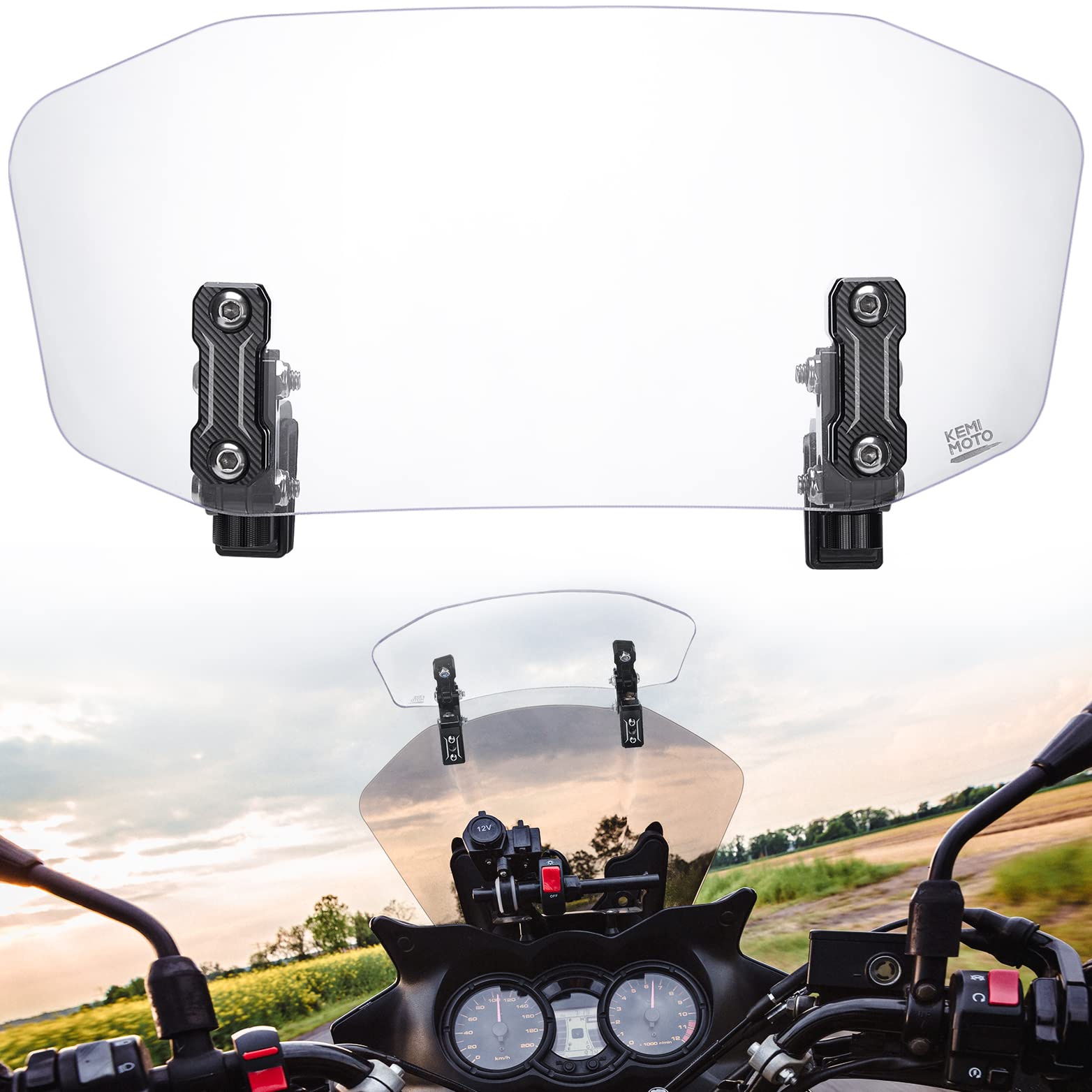Understanding Fly Fishing Combos
Definition and Components of Fly Fishing Combo
Fly fishing combos are all-in-one setups that serve as an essential tool for both novice and experienced anglers. A typical Fly fishing combo includes several critical components: the fly rod, reel, fly line, and often flies, along with the necessary accessories like backing and tippets. The fly rod is designed to cast lightweight artificial flies, which mimic the appearance of insects to attract fish. The reel stores the fly line and helps with the retrieval of the catch. When combined, these components create a well-rounded system that streamlines the fishing process, making it accessible for beginners while still useful for more experienced fishermen.
Benefits of Using a Fly Fishing Combo
The primary advantage of using a fly fishing combo lies in its convenience. For beginners, a combo eliminates the confusion of selecting separate components, ensuring compatibility and reducing setup time. Additionally, these kits often come pre-spooled and ready to fish, providing a hassle-free experience from the start. Moreover, many fly fishing combos are designed with user-friendly features, allowing newcomers to focus on honing their skills rather than dealing with gear complexities. On the flip side, experienced anglers can use these combos to experiment with various styles or as backup equipment without breaking the bank.
Differences Between Types of Fly Fishing Combos
Fly fishing combos come in various types, each tailored for different fishing environments and species. Generally, the distinctions can be classified as follows:
- Freshwater vs. Saltwater Combos: Freshwater combos are typically lighter and suited for smaller species, while saltwater combos are more robust, designed to handle larger fish and harsher conditions.
- Beginner vs. Advanced Combos: Beginner combos usually include user-friendly features, such as softer rod actions and pre-selected flies, while advanced combos encompass higher-grade materials, improved performance, and customization options.
- Travel Combos: These are compact, lightweight setups designed for portability, ideal for anglers who wish to fish in different locations without the burden of carrying heavy gear.
Choosing the Best Fly Fishing Combo for Beginners
Essential Features to Consider
When selecting a fly fishing combo for beginners, it’s crucial to prioritize certain features to enhance the learning experience:
- Length and Weight of the Rod: A 9-foot rod is commonly recommended for beginners since it strikes a balance for various fishing conditions. Likewise, the weight should be suitable for the type of fish being pursued; a 5-weight setup is generally versatile for small to medium species.
- Reel Quality: Look for a reel that balances well with the rod; a lightweight reel reduces fatigue and ensures smoother operations.
- Pre-Selected Flies: Some combos come with pre-selected flies that are effective for common local fish. This feature allows beginners to spend less time selecting gear and more time fishing.
- Price Point: A reasonable budget between $150 to $300 typically allows for a good quality beginner combo without overwhelming investment, making it an ideal entry point.
Recommended Fly Fishing Combo for New Anglers
For new anglers, many fly fishing combos are designed specifically with their needs in mind. A combo that includes a 9-foot, 5-weight rod and reel, along with a range of flies suited for local freshwater species, is often highly recommended. Additionally, packages that come with instructional guides or videos can notably enhance the learning curve, providing essential tips and techniques to get started.
Common Mistakes to Avoid
As you embark on your fly fishing journey, avoiding certain pitfalls can make a significant difference in your experience:
- Overlooking Rod and Reel Compatibility: Ensure that the reel is of proper size relative to the rod. A mismatched setup can cause performance issues.
- Ignoring Local Fishing Regulations: Before heading out, familiarize yourself with the local fishing regulations and species that are in season.
- Neglecting Practice: Casting might seem simple, but to master the technique, ample practice is crucial. Investing time in practicing your cast will yield better results on the water.
Intermediate Fly Fishing Combo: Upgrading Your Gear
Identifying When to Upgrade
Intermediate anglers typically discover that as their skills improve and fishing conditions change, the need for an upgrade becomes apparent. Signs that it might be time to invest in an upgraded Fly fishing combo include:
- Struggling with casting accuracy or distance.
- Desiring specific features or improvements, such as lighter materials or improved reel drag systems.
- Engaging in more varied fishing locations and conditions that require specialized gear.
Key Features for Intermediate Fly Fishing Combo
As anglers transition to intermediate fly fishing gear, certain features become particularly advantageous:
- Improved Materials: Higher-quality rods and reels made from materials like graphite or aluminum provide enhanced performance and durability.
- Multi-piece Rods: A 4 or 5-piece rod offers increased versatility for travel without sacrificing performance.
- Upgradeable Components: Some intermediate combos allow for replacement or upgrades of specific components, providing a tailored fishing experience.
Top Picks for Intermediate Anglers
For intermediate anglers, specific combos can provide the perfect balance of performance and price. While the ideal selection may vary based on personal preferences and local conditions, a setup featuring a fast-action rod, a sealed drag reel, and a selection of versatile flies can significantly enhance an angler’s experience. Furthermore, higher-end products often incorporate advanced technology, such as integrated line management systems and enhanced ergonomic designs.
Advanced Fly Fishing Combos: For the Enthusiast
Investing in Premium Fly Fishing Combo
Advanced anglers understand that investing in a premium fly fishing combo can significantly elevate their fishing experiences. These setups often feature:
- Top-Shelf Rod Materials: Using materials like high modulus graphite, which provides superior sensitivity and strength.
- Advanced Reel Systems: Offering exceptional drag performance and lightweight construction for better handling.
- Customization Options: Many premium combos allow customization for specific fishing styles, conditions, and personal preferences.
How to Select Custom Features
When choosing an advanced fly fishing combo, consider the following custom features that can enhance your setup:
- Rod Action Preferences: The speed of the rod (fast, medium, slow) should align with your casting style and target species.
- Reel Drag Settings: High-quality reels often provide adjustable drag settings, allowing for more control during a catch.
- Line Type: For various environments, specialized lines (floating, sinking, or intermediate) can be selected to suit your fishing needs.
Performance Metrics to Evaluate
When evaluating performance in a premium setup, consider important metrics such as:
- Rod Sensitivity: High sensitivity allows for better detection of subtle strikes, impacting catch rates positively.
- Reel Weight: A lighter reel enhances casting efficiency and reduces fatigue over long fishing days.
- Durability: Assessing materials and craftsmanship can influence the longevity of high-end gear, ensuring value for your investment.
Maintaining Your Fly Fishing Combo
Cleaning and Care Tips
Maintaining your fly fishing combo is essential for performance longevity. Here are effective cleaning and care tips:
- Rinse After Use: Saltwater or dirt can damage components; rinse the rod and reel with freshwater after each use.
- Store Properly: Keep the combo in a protective case or sock during storage to prevent scratches and dust accumulation.
- Inspect Regularly: Check for worn parts, and replace line and tippets as needed for optimal performance.
Storing Your Fly Fishing Combo Properly
Proper storage not only protects your combo but also prolongs its life. Guidelines include:
- Use Cases: Specialized carriers protect against impacts and environmental hazards.
- Temperature Control: Store in a cool, dry location to prevent the degradation of materials.
- Organize Components: Keep flies and lines organized to quickly find what you need for your next trip.
When to Replace Parts for Optimal Performance
Recognizing when to replace parts of your fly fishing combo ensures optimal performance:
- Line Replacement: If you notice fraying or discoloration, it’s time to replace your fly line to prevent breakages.
- Reel Maintenance: If you feel grinding or hear unusual noises, consider servicing or replacing components of your reel.
- Rod Check: Inspect for cracks or breaks; if present, a replacement rod is necessary to ensure safety and performance.





Leave a Reply